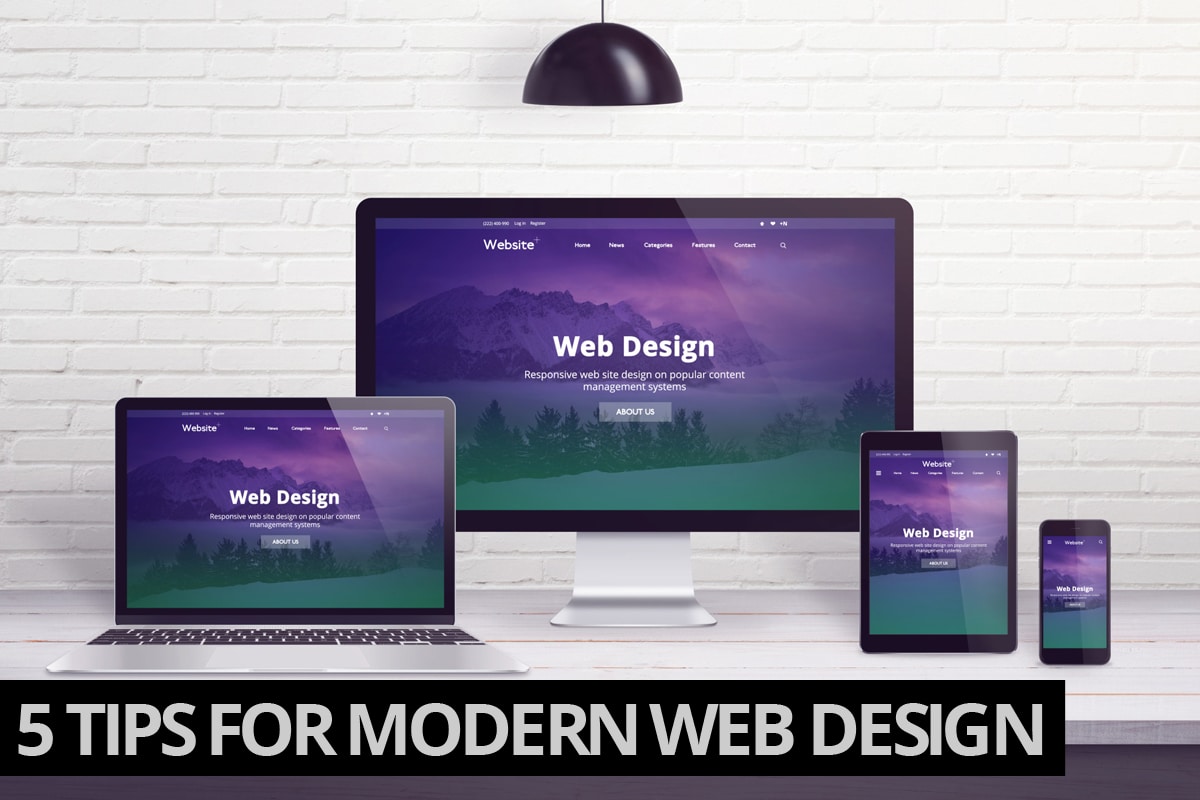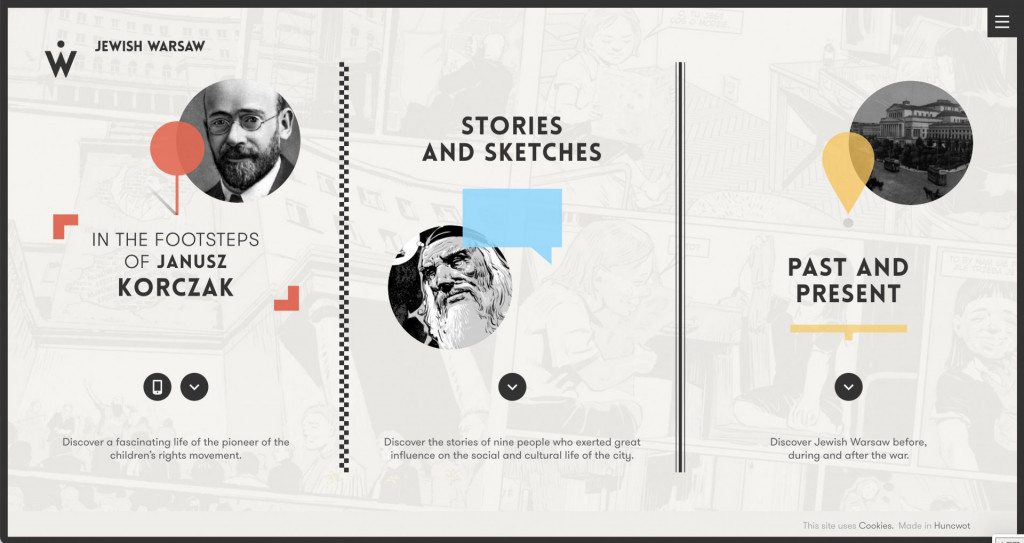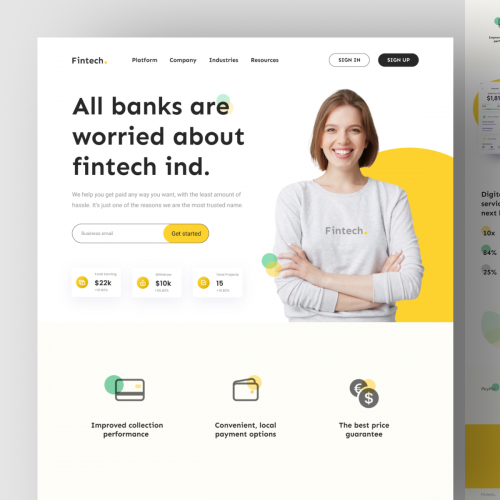How to Pick the Right Internet Site Design for Your Service Goals
Picking the proper site design is an essential decision that can significantly affect your business's success. It calls for a careful analysis of your certain objectives, whether they involve improving brand exposure or increasing on-line sales. Understanding your target market is similarly vital, as their preferences will lead your design choices. Reviewing different design choices while focusing on customer experience and scalability can facilitate long-lasting development. The process is nuanced, and numerous elements need to be thought about to make certain alignment with your goals. What crucial elements should you focus on to attain an effective online presence?
Define Your Company Goals
Specifying your business goals is a critical initial step in the web site style process. Clear objectives work as a roadmap, assisting layout choices and making sure that the site aligns with your general service method. Start by identifying your key purposes-- whether it's enhancing brand recognition, generating leads, or driving on the internet sales. Each goal will determine different layout components and performances.
As an example, if your goal is to enhance client involvement, consider integrating interactive features such as discussion forums, chatbots, or personalized content. Website Design. Conversely, if your emphasis is on shopping, the design needs to prioritize a seamless purchasing experience, including instinctive navigation, secure settlement options, and efficient item displays
Furthermore, set quantifiable targets to assess success. By developing crucial efficiency indicators (KPIs), you can analyze whether your web site fulfills its desired objectives in time. This strategy not only aids in fine-tuning the layout but likewise in making data-driven decisions for future improvements.
Ultimately, well-defined service objectives will promote a cohesive design method that reverberates with your vision and sustains your development, ensuring that your site is not simply an electronic visibility however a powerful tool for accomplishing organization success.
Understand Your Target Market
Understanding your target market is crucial for effective web site layout. You can tailor your website to fulfill their particular needs when you have a clear profile of the demographics, preferences, and actions of your possible clients. This procedure begins with detailed marketing research, which can consist of studies, emphasis groups, and information analytics. By gathering insights concerning age, sex, area, and passions, you can produce individual identities that show your optimal site visitors.
When you have actually determined your target audience, consider their online actions. What devices do they use? Just how do they navigate websites? Recognizing these patterns will educate critical style decisions, such as design, color pattern, and navigation frameworks. If your target market mainly makes use of mobile gadgets, a receptive layout ends up being critical.
By straightening your internet site layout with their motivations and requirements, you not only boost user experience but likewise foster brand name commitment. Inevitably, a properly designed website that speaks to your target audience can dramatically drive engagement and conversions, aligning perfectly with your company goals.

Evaluate Design Options
As soon as you have a strong understanding of your target market, the next step is to evaluate the various design alternatives offered to you. This procedure entails assessing the aesthetic and practical aspects of potential site styles that line up with your organization goals. Start by taking into consideration the various layout styles, such as minimalist, contemporary, or typical, and how they resonate with your go to this web-site target market's choices.
Next, assess the format alternatives-- grid-based layouts, single-page layouts, or multi-page frameworks can substantially affect individual navigation. Think about the color pattern, typography, and images that will not only capture attention but additionally convey your brand name identification properly.
In addition, discover pre-designed templates versus customized designs; while layouts can use economical remedies, custom layouts might offer an unique touch tailored to your brand. It's crucial to examine receptive design alternatives to ensure your internet site executes well across various devices and display dimensions.
Prioritize User Experience

Carrying out individual research allows services to customize their website to satisfy the details needs and preferences of their clients. The assimilation of interactive features, such as chatbots or user surveys, can foster a sense of connection and offer instant aid.
Additionally, visual aesthetics must not be overlooked. Website Design. A cohesive color typography, scheme, and images can enhance brand assumption and produce a welcoming environment for individuals. Eventually, prioritizing user experience not only improves customer contentment however additionally drives conversions, lining up flawlessly with broader company goals. By concentrating on UX, companies can create a website that not just brings in site visitors but additionally changes them into loyal consumers.
Analyze Scalability and Versatility
Scalability and flexibility are crucial parts of an effective site design, especially for businesses preparing for growth or modification. A scalable website can perfectly suit enhancing website traffic, additional content, or enhanced functionalities without compromising efficiency. As your business advances, the capacity to integrate brand-new attributes or increase existing ones will certainly be necessary in conference customer needs and remaining competitive.
When analyzing scalability, consider the underlying innovation pile and organizing remedies. Choose for platforms that sustain high web traffic quantities and use very easy upgrades, such as cloud-based services. This makes sure that your internet site can adapt to fluctuations in individual activity without experiencing downtime or slow filling times.
Flexibility, on the other hand, refers to the style and web great post to read content administration capabilities of the site. A versatile style permits alterations in format, branding, or functions without calling for top article a complete overhaul - Website Design. Guarantee that your material administration system (CMS) supplies straightforward tools for material updates and edits, allowing your group to react quickly to market modifications

Final Thought
In conclusion, choosing the proper website style requires a detailed understanding of business objectives and target audience preferences. A critical examination of layout options, with an emphasis on customer experience, is essential for fostering interaction. Analyzing scalability and adaptability makes certain that the web site can adjust to advancing business needs. By carefully adhering to these guidelines, companies will certainly be much better placed to develop an internet site that not just satisfies purposes however likewise improves general individual contentment.
Selecting the appropriate website design is an important choice that can significantly impact your company's success.Specifying your business objectives is a crucial first action in the web site style procedure. Clear goals serve as a roadmap, leading layout choices and making sure that the site straightens with your general company approach.Scalability and versatility are vital components of an effective site layout, especially for businesses preparing for growth or modification.In conclusion, choosing the appropriate web site design requires a comprehensive understanding of organization goals and target audience choices.